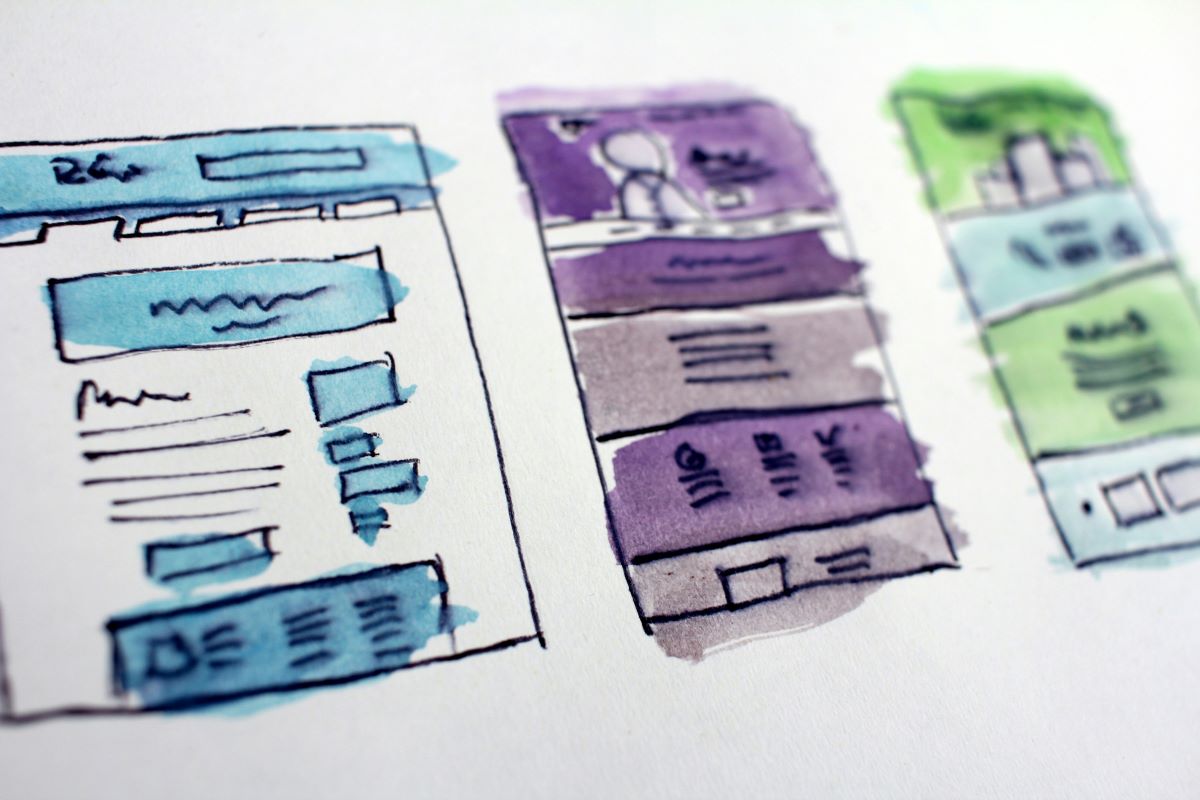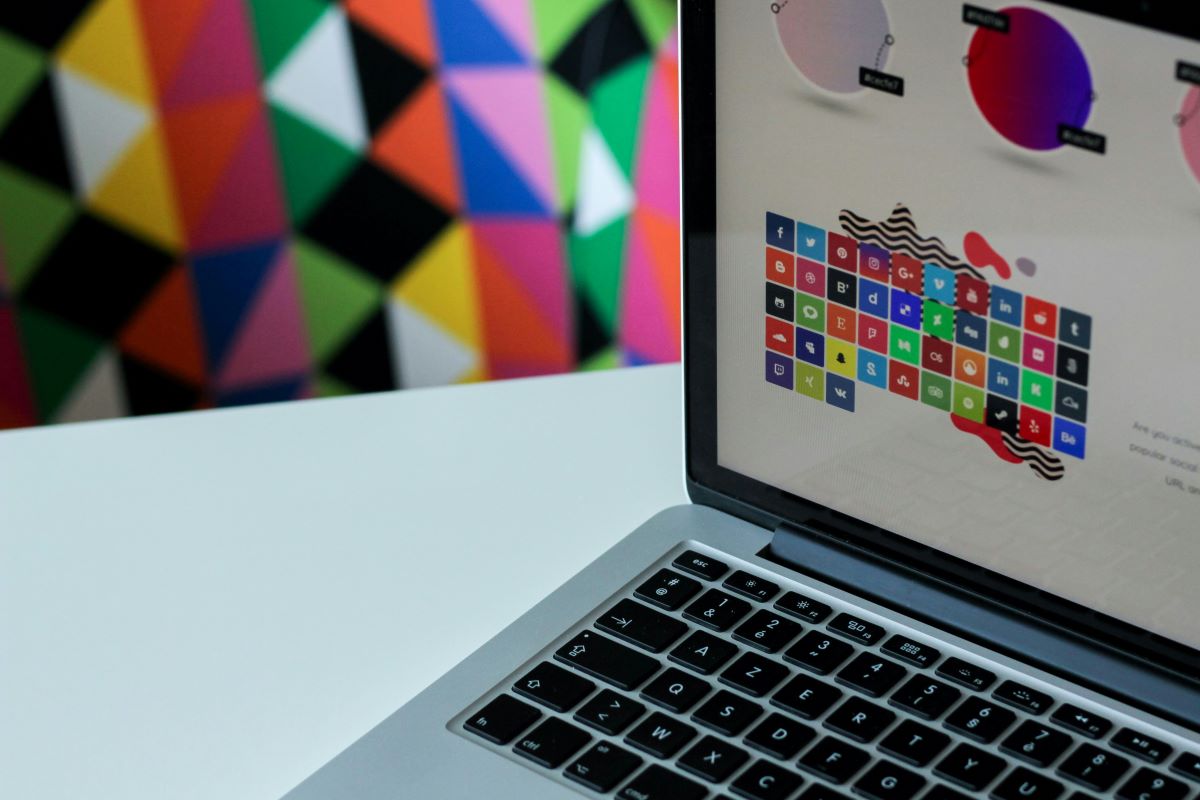Inclusive Design: Creating B2C UX/UI That Caters to Diverse Audiences
In today’s digital world, businesses need to ensure their UI/UX program is designed to serve diverse audiences. A strong inclusive design approach promotes accessibility, usability, and engagement for users of varying abilities, backgrounds, and preferences. Inclusive design goes beyond meeting accessibility standards—it’s about crafting digital experiences that feel welcoming, intuitive, and effective for everyone.
Organizations that adopt inclusive design within their UI/UX program not only improve customer satisfaction and loyalty but also expand their market reach. By applying inclusive design principles, businesses can eliminate barriers and deliver seamless experiences for all users. Here are six ways inclusive design strengthens UI/UX for diverse audiences.
1. Accessibility-First Design
An accessibility-first approach ensures that digital interfaces are usable by people with disabilities. This includes designing for individuals with visual, auditory, motor, and cognitive impairments. Features such as text-to-speech compatibility, keyboard navigation, and alternative text for images enhance accessibility.
Implementing WCAG (Web Content Accessibility Guidelines) principles ensures that interfaces are perceivable, operable, understandable, and robust. By prioritizing accessibility, businesses create digital experiences that serve a broader audience, improving usability for all users, not just those with disabilities.
2. Adaptability for Multiple Devices and Environments
Inclusive design ensures that digital experiences function seamlessly across various devices and environments. With users accessing content from desktops, smartphones, tablets, and smart devices, responsive design is critical to providing a consistent experience.
Moreover, considering different user environments—such as bright outdoor settings or low-connectivity areas—enhances usability. Providing features like dark mode, offline accessibility, and adaptable font sizes ensures that users can engage with content regardless of their device or situation.
3. Cultural Sensitivity and Localization
A truly inclusive UX/UI must consider diverse cultural backgrounds and linguistic preferences. Language accessibility features such as multi-language support, culturally appropriate imagery, and region-specific content customization create a more welcoming experience.
Localization goes beyond translation; it involves adapting the interface to suit cultural norms, preferred payment methods, and reading patterns. Recognizing and respecting cultural differences helps businesses foster trust and engagement across global markets.
4. Inclusive Typography and Visual Design
The choice of typography and visual elements plays a significant role in user comprehension and comfort. Readable fonts, adequate contrast ratios, and clear layouts support users with visual impairments or reading difficulties.
Using simple, high-contrast color schemes and avoiding reliance on color alone for conveying meaning ensures accessibility for colorblind users. Additionally, offering adjustable text size settings helps users personalize their experience, improving readability for all demographics.
5. User-Centered Testing and Feedback
Incorporating diverse user feedback throughout the design process leads to more inclusive digital experiences. Usability testing with individuals from different age groups, abilities, and backgrounds helps identify potential barriers and refine the interface accordingly.
Gathering insights from real users ensures that design elements align with their needs and expectations. Frequent iterations based on feedback promote continuous improvement, resulting in a product that better serves its audience.
6. Simple and Intuitive Navigation
A key aspect of inclusive design is creating intuitive navigation that accommodates users with varying levels of digital literacy. Clear menu structures, logical content hierarchies, and easily recognizable icons enhance usability for all users, including those unfamiliar with digital interfaces.
Offering multiple navigation options—such as voice commands, search functionality, and breadcrumb trails—empowers users to interact with digital platforms in ways that best suit their abilities and preferences. The goal is to minimize cognitive load and provide a frictionless experience.
Explore WorkForce Institute’s UX/UI Bootcamp
As businesses strive to create inclusive digital experiences, the demand for skilled UX/UI professionals continues to grow. WorkForce Institute offers an accelerated UX/UI program designed to upskill or reskill students in modern best practices. This program equips learners with the knowledge and tools to implement inclusive design principles and develop user-centric digital experiences that cater to diverse audiences. Investing in UX/UI education ensures that businesses remain competitive while fostering a more inclusive digital world.
At WorkForce Institute, we go beyond insights to action. From UX/UI design bootcamps to AI-driven upskilling, digital marketing certifications, and AI for Software Engineers Bootcamp, our hands-on learning pathways equip professionals to shape inclusive, future-ready careers. Explore our career support services and discover how we can help you grow skills, leadership, and impact for tomorrow.



